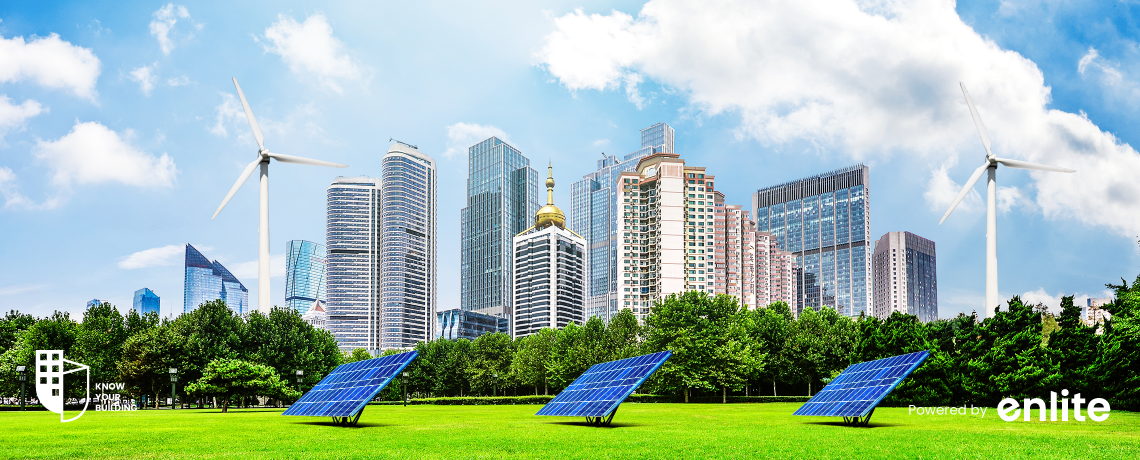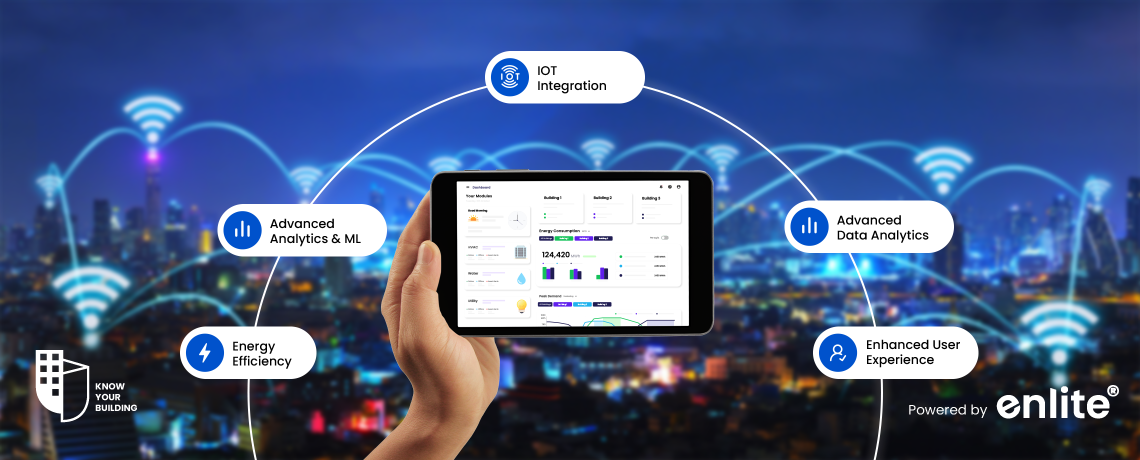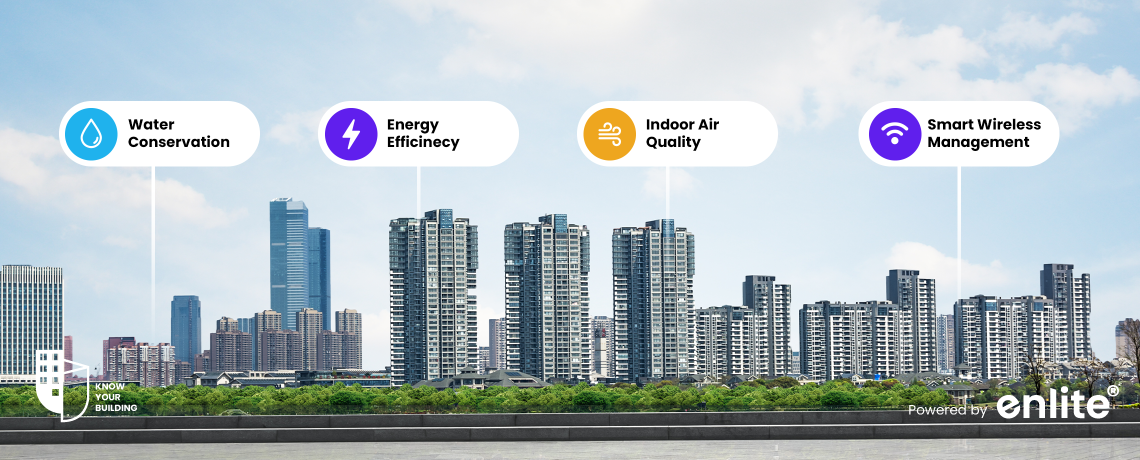As the world shifts towards sustainable development, the integration of renewable energy in commercial real estate has become a vital strategy for reducing carbon footprints and promoting environmental stewardship. This article explores the importance of renewable energy, types of solutions available, benefits, implementation strategies, and financial incentives, highlighting the role of renewable energy in powering sustainable commercial developments.
Importance of Renewable Energy in Commercial Real Estate:
Renewable energy sources, such as solar, wind, geothermal, and biomass, provide clean and sustainable alternatives to fossil fuels. Integrating these sources into commercial properties helps reduce greenhouse gas emissions, decrease reliance on non-renewable energy, and contribute to global climate goals. Renewable energy integration also enhances the resilience and energy independence of commercial buildings.
Types of Renewable Energy Solutions:
Solar Energy:
- Solar energy is harnessed using photovoltaic (PV) panels that convert sunlight into electricity. Solar thermal systems can also be used to generate heat for water and space heating.
Wind Energy:
- Wind energy is captured through wind turbines, which convert kinetic energy from wind into electricity. Small-scale wind turbines can be installed on commercial properties with suitable wind conditions.
Geothermal Energy:
- Geothermal energy utilizes heat from the Earth’s core to provide heating and cooling through ground-source heat pumps. This technology is highly efficient and suitable for various commercial applications.
Biomass Energy:
- Biomass energy is derived from organic materials, such as agricultural waste, wood, and dedicated energy crops. Biomass heating systems can provide renewable heat for commercial buildings.
Benefits of Renewable Energy Integration:
Integrating renewable energy into commercial real estate offers numerous benefits, including:
- Environmental Impact: Reduces greenhouse gas emissions and pollution, contributing to climate change mitigation.
- Cost Savings: Lowers energy costs and reduces exposure to volatile fossil fuel prices.
- Energy Independence: Enhances energy security by reducing reliance on external energy sources.
- Market Appeal: Attracts environmentally conscious tenants and investors, enhancing property value and marketability.
- Regulatory Compliance: Meets or exceeds regulatory requirements for sustainability and energy performance.
Strategies for Implementing Renewable Energy in Commercial Properties:
Rooftop Solar Panels:
- Installing solar panels on rooftops is a common and effective way to harness solar energy. This strategy maximizes available space and provides significant energy savings.
Wind Turbines:
- For properties with adequate wind resources, installing wind turbines can generate renewable electricity. Small-scale turbines are suitable for urban settings, while larger turbines are ideal for rural or industrial sites.
Geothermal Heating and Cooling Systems:
- Ground-source heat pumps can be installed to leverage geothermal energy for efficient heating and cooling. This technology is particularly effective in reducing HVAC energy consumption.
Biomass Heating Systems:
- Biomass boilers and furnaces can be used to convert organic materials into heat. This solution is ideal for properties with access to biomass resources and can provide a renewable heating alternative.
Financial Incentives and Support for Renewable Energy Projects:
Various financial incentives and support mechanisms are available to encourage renewable energy integration in commercial real estate. These may include:
- Government Grants and Subsidies: Financial assistance programs provided by governments to support renewable energy projects.
- Tax Incentives: Tax credits, deductions, and exemptions for investments in renewable energy technologies.
- Renewable Energy Certificates (RECs): Tradable certificates representing the environmental benefits of renewable energy generation.
- Power Purchase Agreements (PPAs): Contracts that allow property owners to purchase renewable energy at a fixed rate, reducing upfront costs.
Case Studies: Successful Renewable Energy Integration in Commercial Real Estate:
Highlighting successful examples of renewable energy integration can provide valuable insights and inspiration for property owners and developers. Case studies may include:
- Apple Park (Cupertino, USA): The headquarters of Apple Inc. features extensive rooftop solar installations, providing a significant portion of the building’s energy needs.
- Bullitt Center (Seattle, USA): Known as the greenest commercial building in the world, the Bullitt Center utilizes solar panels, geothermal heating, and a rainwater harvesting system.
- Kings Cross Central (London, UK): A mixed-use development that integrates solar energy, green roofs, and efficient energy management systems to achieve sustainability goals.
Conclusion:
In conclusion, integrating renewable energy into commercial real estate is essential for advancing sustainability, reducing carbon footprints, and promoting energy independence. By adopting various renewable energy solutions, leveraging financial incentives, and learning from successful case studies, the commercial real estate sector can play a pivotal role in building a sustainable future. As we celebrate World Environment Day, let us recognize the importance of renewable energy in transforming commercial properties and contributing to a greener planet.














